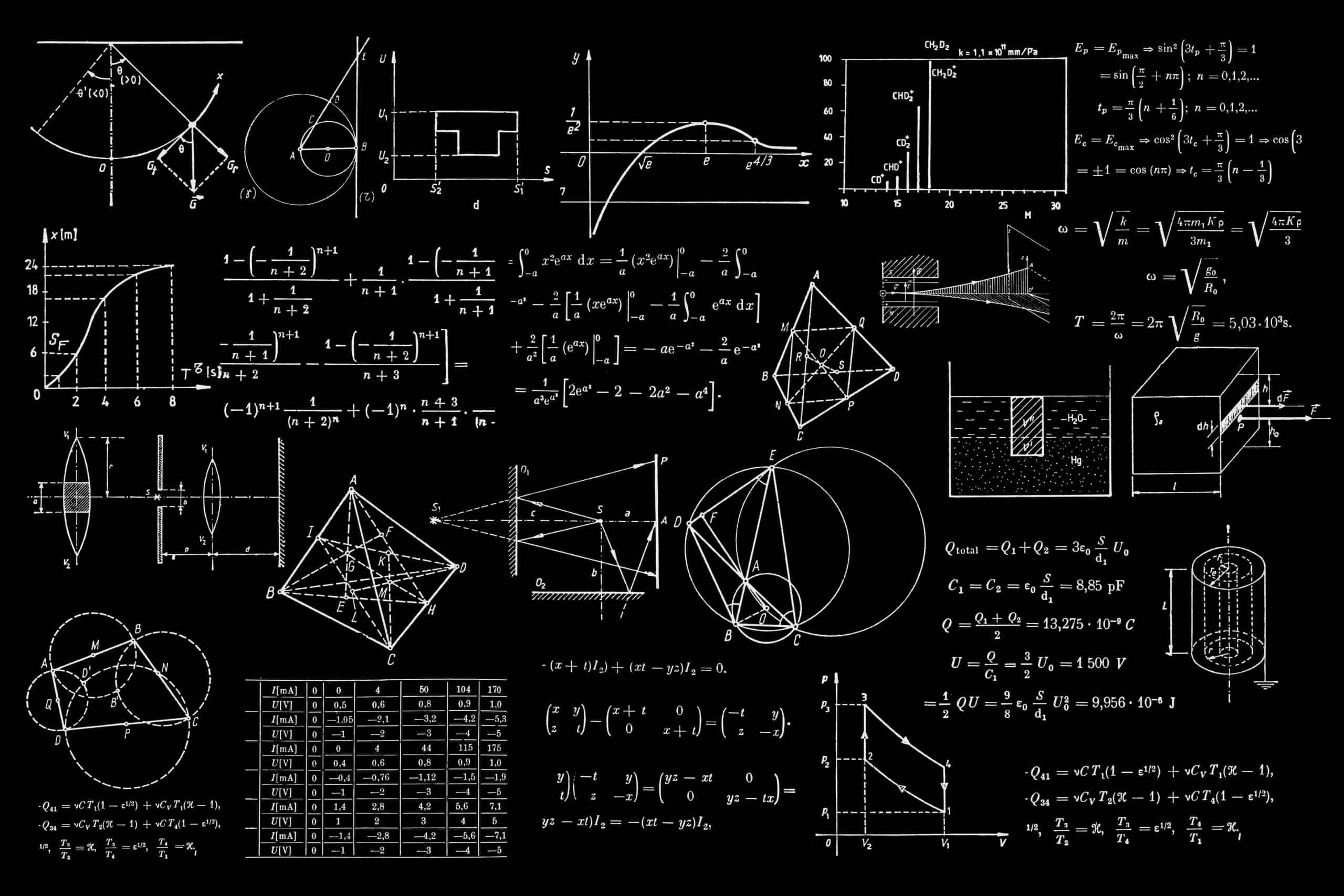If you had ever told me that I’d be The Varsity’s science editor, I would’ve laughed in your face.
I’ve struggled with my passions for science since coming to U of T, and chose instead to lean into the more creative side of my personality. When I came to The Varsity, it was at a time that I’d lost a lot of my love for science, so I joined as an Arts & Culture writer. I expected to stay within that section for the rest of my time at U of T. I didn’t even reveal what my majors were to the rest of my colleagues at the paper until this year.
Admittedly, I feel a little odd writing a goodbye for a section that I’ve only run for a couple of months — but I hope to do my best, and to convey the intentions that ex-science editor Khatchig Anteblian had for the section as well.
There’s a lot of responsibility that comes with this position, and stepping into it was a remarkable learning experience.
Khatchig’s vision
During masthead elections last year, Khatchig mentioned that he hoped to focus on bringing science to a wider audience. Without a doubt, the Science section has covered topics that appeal to all audiences this year.
We’ve published some incredible content and dove deep into a miscellany of topics, as strange as horse domestication and as close to home as the job prospects that undergraduate students can look forward to. We’ve tackled the climate crisis, investigated the arcane, and reviewed U of T’s responses to the ongoing, unavoidable pandemic.
With the breadth and depth of topics that the Science section has looked into this year, I truly hope that our dear readers found something that sparked their interest in science. And as for Khatchig’s vision, I think it’s safe to say that it panned out quite nicely, even if he wasn’t there to see it at its end.
A bit about myself
For someone who had spent the vast majority of their time at The Varsity in the Arts & Culture section, such an important role in Science was daunting. I came into the role with a science background and a loosely informal journalism background, but with no science journalism background — much like many of the writers for the section.
I’d become used to writing articles that could be likened to oversharing in Arts & Culture, touching soft and personal topics. My majors are in notoriously difficult and often uninviting fields — physics and ecology — and my approach to writing was the complete antithesis.
In my short time as science editor, I’ve learned an indescribable amount about science journalism. I’ve solidified the idea that science is everywhere, and is for everyone. I’ve learned how the time I had in Arts & Culture can be translated to Science — how we can tell scientific stories with the same weight and personality as an article in Arts — and about just how eager writers are to communicate these topics.
The future of science
What will the science section look like next year? For one thing, I hope that we continue to explore ways to make science more accessible to everyone. Science is fun, and I truly believe that everyone has a place in science somewhere.
I know firsthand that the nature of science can make it intimidating to enter the field in any sense, and I hope that the section helps to alleviate some of this disconcerting nature. Of course, we’re just a small team in a student newspaper — but any step toward improving the accessibility of science is a good one. Scientific information is vital, and it will continue to be as science continues to develop.
It has truly been a delight to be able to help facilitate this communication. I can’t wait to see what the section does in volume 143.


